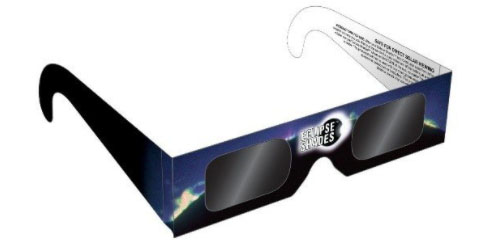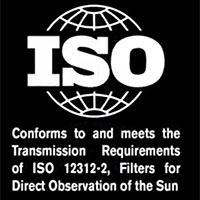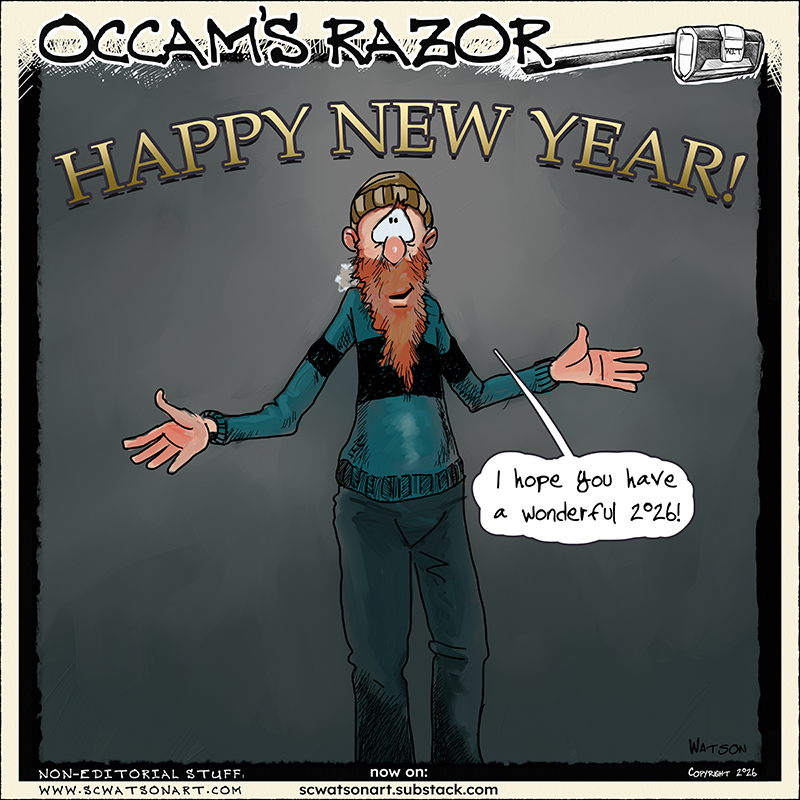— by Lin McNulty —

Make sure your eclipse viewing glasses are ISO 12312-2 compliant
News broke over the weekend that internet giant Amazon is recalling some solar eclipse viewing glasses that were purchased through their online store, offering full refunds to buyers. Concern that some eclipse shades may not comply with industry standards prompted the response.
Eclipse glasses should conform to and meet the transmission requirements of ISO 12312-2 for direct viewing of the sun. The marketplace is being flooded by counterfeit eclipse glasses that are labeled as if they’re ISO-compliant when in fact they are not.
The only time it is OK to look directly at the sun is during totality, when the moon completely blocks the sun, and this will not happen at our latitude. The total phase of this solar eclipse will not be visible in the San Juans, but it will be seen as a partial solar eclipse; the sun will be eclipsed at 80 – 85 percent locally. And, of course, it is not unusual for celestial events to be blocked by clouds up here in the San Juans, most recently with clouds rolling in Saturday night at the height of the Perseid meteor showers.
Viewing time on Monday, August 21 is between 9:10 a.m. and 11:38 a.m., with the maximum occurring at 10:21 a.m.
But as excitement about the solar eclipse has grown, so has concern about scam glasses, which might leave people without the proper eye protection on the day of the eclipse.
Here’s how to make sure your eyes will be protected with a solar filter
-
- First, you can buy them through a NASA-approved list.
- If you were given the glasses by a friend or family member, and you’re not entirely sure where they came from, you can check to see if the glasses comply with the ” ISO 12312-2″ safety standard. If so, the glasses will either have that or “ISO 12312-2:2015” written on them. But, with counterfeits on the market, it’s possible that the label might not be fully accurate, according to the American Astronomy Society.
- While you can’t test glasses yourself to see if the solar filters are up to that standard, you can test to see if the glasses are definitely unsafe:
- “You shouldn’t be able to see anything through a safe solar filter except the sun itself or something comparably bright, such as the sun reflected in a mirror, a sunglint off shiny metal, the hot filament of an unfrosted incandescent light bulb, a bright halogen light bulb, a bright-white LED flashlight (including the one on your smartphone), or an arc-welder’s torch,” the AAS said on its website. “All such sources should appear quite dim through a solar viewer. If you can see lights of more ordinary brightness through your eclipse glasses or handheld viewer, and you’re not sure the product came from a reputable vendor, it’s no good.”
-
- You don’t need to be overly skeptical about solar eclipse glasses. If the person who gave you the glasses is an amateur or professional astronomer, the AAS said, it’s likely they’re up to the proper standards. The same goes for museums, libraries, and or astronomy clubs, the AAS said on its website.
Orcas Library will be hosting an eclipse viewing party from 9:30 a.m. to noon on Monday. Weather forecasts predict a generally sunny day, 68 degrees, and only a 10 percent chance of precipitation.
Whether you will be driving south into Oregon to view the totality, or if you will be observing locally, ensure your viewing glasses will filter the potential blinding sun rays.
**If you are reading theOrcasonian for free, thank your fellow islanders. If you would like to support theOrcasonian CLICK HERE to set your modestly-priced, voluntary subscription. Otherwise, no worries; we’re happy to share with you.**








